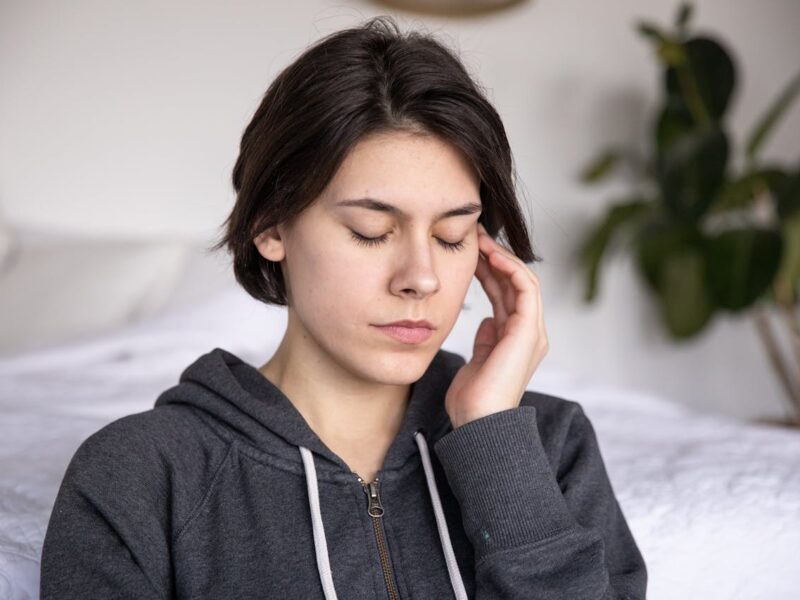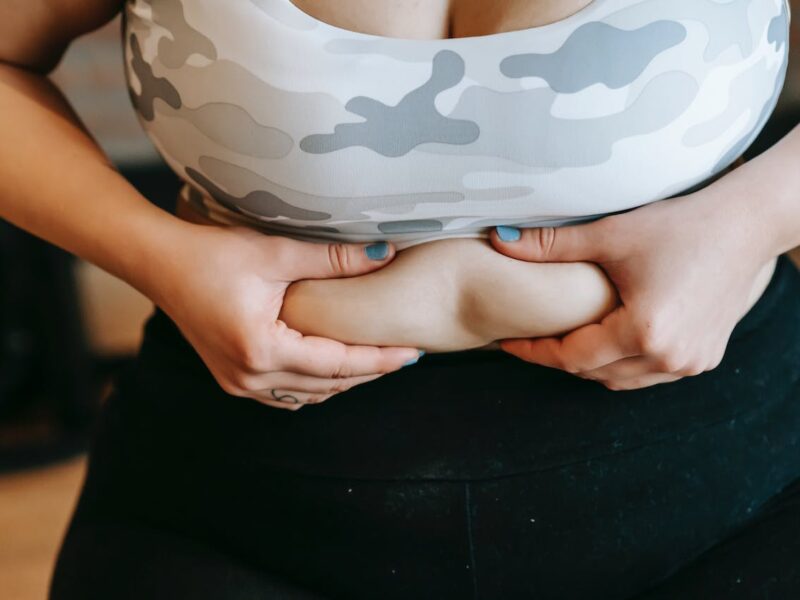Waxing removes hair at the root, unlike shaving or depilatory creams, leaving areas smooth for weeks. Repeated waxing also causes regrowth of hair that’s thinner and less noticeable.
For best results, exfoliate the area a few days before your appointment. This helps hairs lift easier and minimizes discomfort. You should also trim hairs to about a half inch.
Contents
Increased Blood Circulation
Unlike shaving, which removes only the surface hairs, waxing encourages your hair to grow thicker and finer. It also promotes a beautiful glow, making your skin look refined and rejuvenated.
Before getting waxed, wash the area and dry thoroughly. Avoid tanning and using oily lotions, which can interfere with the wax adhesion process. Also, if your hair is too long, trimming it to about a quarter inch before waxing may be helpful.
Before and after your wax, it is recommended that you use a gentle body wash or cleansing gel with a histamine inhibitor. A histamine inhibitor can help decrease the redness and swelling from a waxing session. Applying a soothing after-wax care oil is also helpful, which can support blood circulation and reduce inflammation.
Reduced Irritation
Hair removal can be irritating to your skin. Shaving causes friction and irritation to the skin’s surface, which can cause itching and red bumps.
Waxing is less painful than shaving and helps reduce the occurrence of bumps and irritated skin. An exfoliating cleanser before waxing and an after-wax cooling gel can help to soothe the skin and alleviate redness and itching.
Avoid applying lotions or other oil-based products to the skin before a wax, as this could interfere with the adhesion of the resin. Additionally, it’s best not to touch the freshly waxed area of your skin, as this can introduce bacteria and clog pores. Instead, use a fragrance-free moisturizer on the skin after waxing to keep it feeling smooth and healthy.
Easier Hair Growth
Waxing Long Island NY pulls hair from the root, unlike shaving, which only trims hair at the skin’s surface. This can slow the rate at which new hair grows back, especially if you’re consistent with your waxing routine.
When hair does grow back, it tends to be finer and less thick than before. It also usually grows much slower than if you had shaved, making it easy to maintain baby-soft, smooth skin from head to toe.
Less Ingrown Hairs
Waxing removes hair straight from the follicle, root, and all, so it’s less likely to become ingrown when it grows back in. But it’s still a good idea to exfoliate, especially if your skin is dry before you wax, to prevent build-up from clogging the follicle and pushing hairs up into the skin’s surface.
Keeping up with a regular waxing schedule will also help you get into a more consistent hair growth pattern, which reduces the likelihood of ingrown hairs. Plus, when waxing a bikini area or underarms, putting on loose, comfortable clothing will allow the site to breathe and further reduce the risk of ingrown hairs. And remember, resist the urge to pick at or pop ingrown hairs; this can cause permanent scarring and infection.
Smoother Skin
Unlike shaving, which causes rough stubble days after hair removal, waxing leaves your skin smooth and even. It also removes dry, dead skin cells.
For best results, exfoliate a day or two before your waxing appointment to help the wax adhere to your hair. You can even use a body scrub that contains natural fruit extracts to exfoliate the skin gently.
Soft, warm wax is typically cream or resin-based and is spread thinly over your unwanted hairs before a cloth strip is pressed on and pulled off, taking your inches along with it. Some people prefer hard wax, applied thicker and only sticks to your hair – no strips required! This method is often less painful and quicker.



